THE STRATEGIST: Playing team tactics is a risky game – so did it pay off for McLaren, Mercedes and more in Japan?
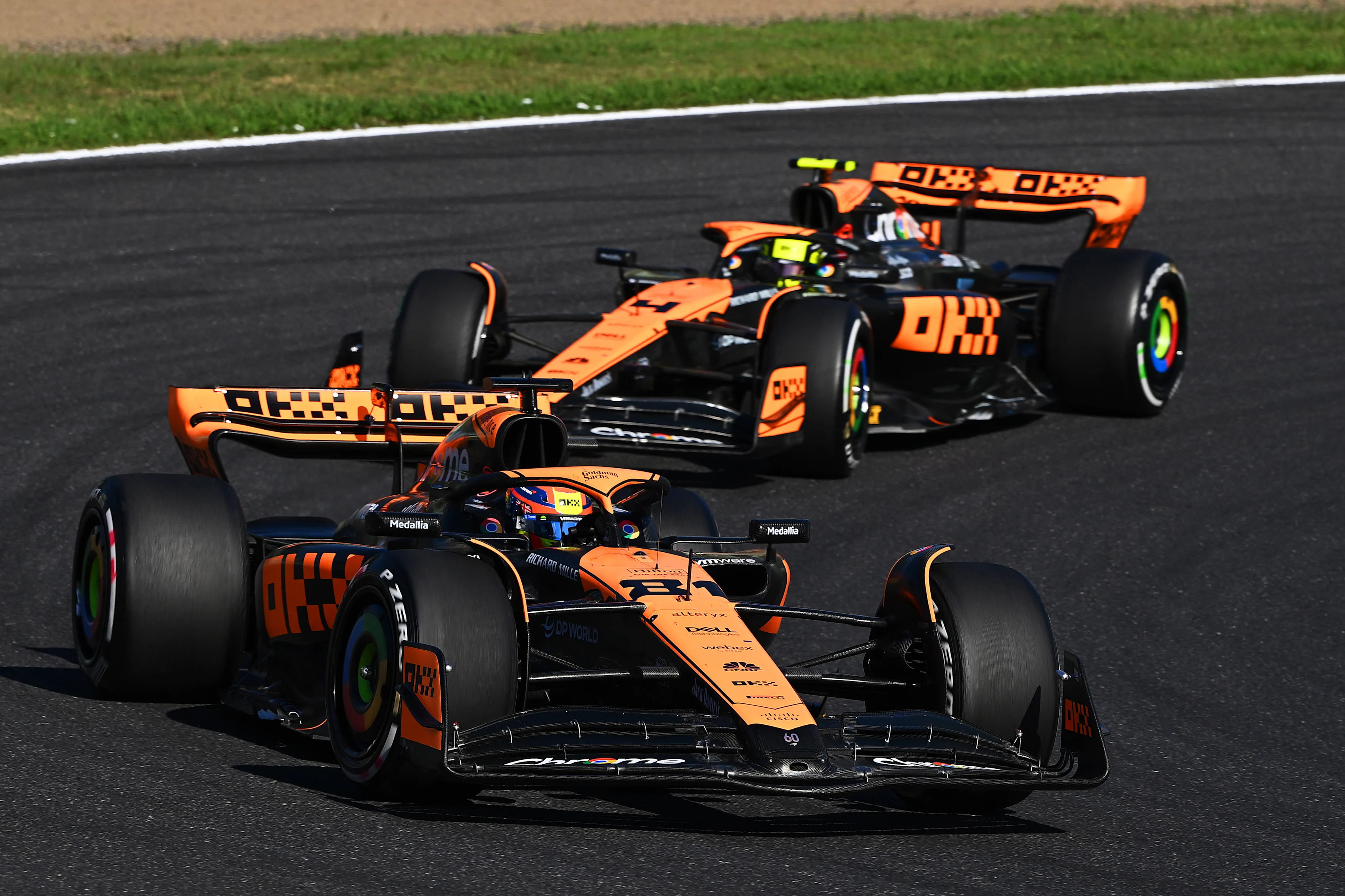
Motorsport is unique among most sports in that while a team competes with the other teams to win the constructors’ championship, the drivers within each team are also competing with each other.
That fundamental reality of F1 can often mean conflict between team mates – especially when the pit wall need them to work together to achieve the best overall team result. Former Aston Martin strategist Bernie Collins takes a look at how it worked out for the teams who tried to do just that in the Japanese Grand Prix…
Next Up
Related Articles
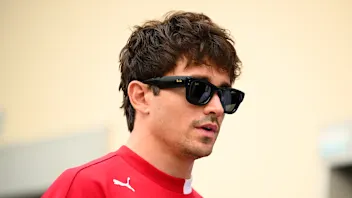 Leclerc calls Ferrari’s focus shift to 2026 a ‘no-brainer’
Leclerc calls Ferrari’s focus shift to 2026 a ‘no-brainer’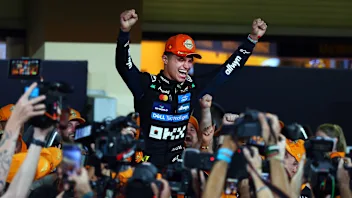 UnlockedQUIZ: 10 questions on the new World Champion Lando Norris
UnlockedQUIZ: 10 questions on the new World Champion Lando Norris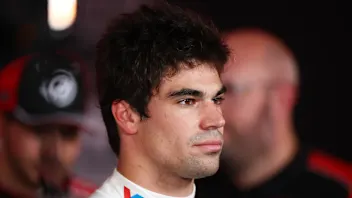 Stroll opens up on 'noise' that has followed him in F1
Stroll opens up on 'noise' that has followed him in F1.webp) Winners & Losers5 Winners and 5 Losers from the 2025 season
Winners & Losers5 Winners and 5 Losers from the 2025 season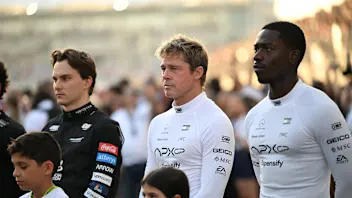 ExclusiveHow APXGP was brought to life by costume designer Julian Day
ExclusiveHow APXGP was brought to life by costume designer Julian Day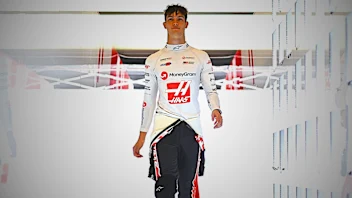 ExclusiveHow Bearman went from super-sub to star rookie in 2025
ExclusiveHow Bearman went from super-sub to star rookie in 2025
